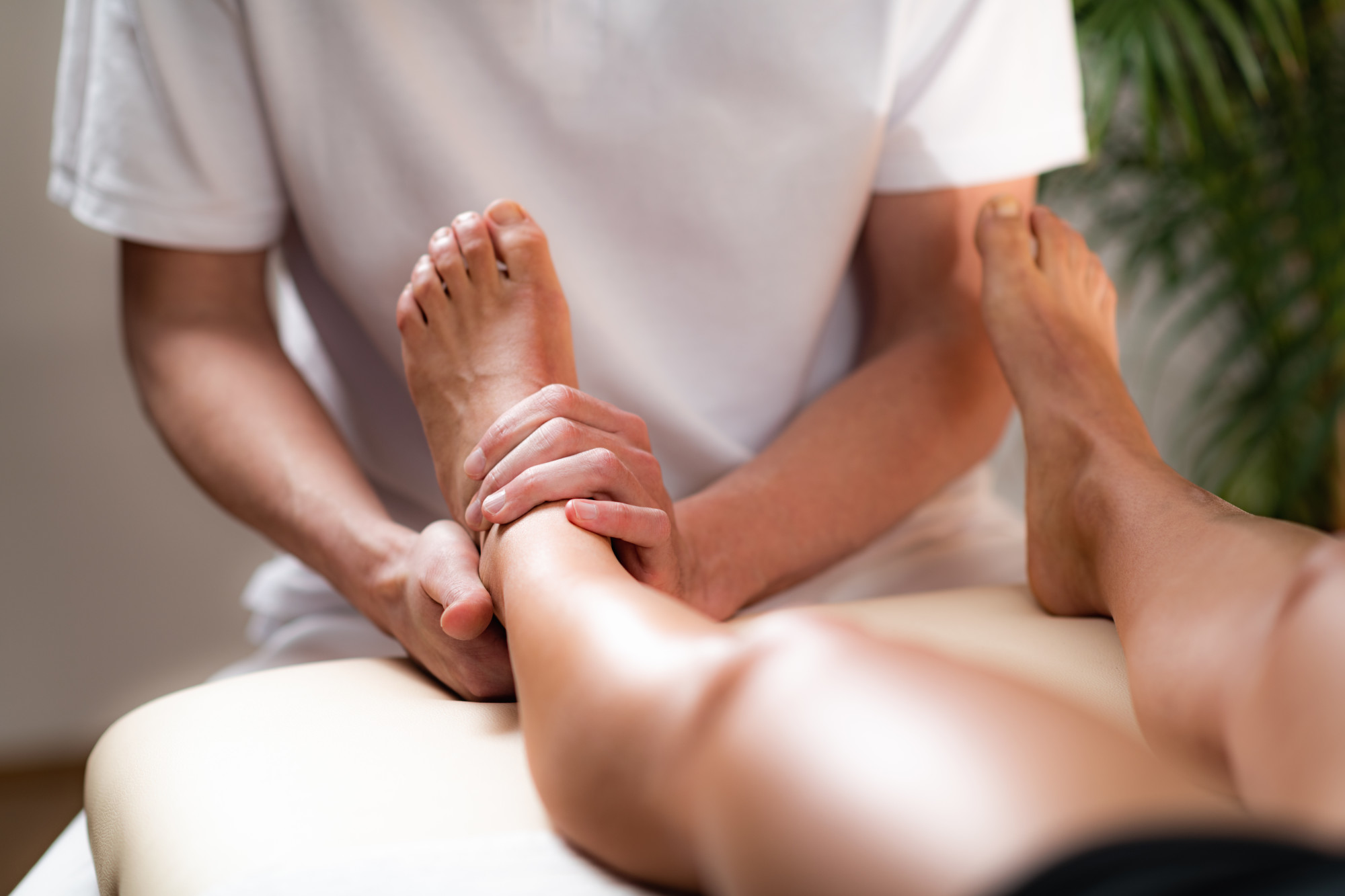
Deep Tissue Massage: Everything You Need to Know
Deep tissue massage is a popular massage technique used to treat a range of musculoskeletal issues. It is especially effective for sports injuries and strains. For a deep tissue massage, the therapist will apply slow and firm pressure to release muscle tension, focusing on the deepest layers of muscle tissue, fascia, and tendons.
If you are considering getting a massage, then this blog post is for you. Below, we highlight its benefits, compare it to the famous Swedish massage, and outline what to expect during and after a massage.
Benefits of Deep Tissue Massage
There are both physical and psychological benefits to a deep tissue massage. It helps to reduce stiffness and treat muscle pains and is highly effective for people with:
- Sports injuries
- High blood pressure
- Plantar fasciitis
- Sciatica
- Fibromyalgia
- Tennis elbow
Studies have also shown that deep tissue massage reduces chronic lower back pain. In addition to the physical benefits, it can help people to unwind mentally.
Comparison to Swedish Massage
While both use similar strokes, these are two different types of massage therapy, and the amount of pressure used varies greatly. Whereas deep tissue massage is used to treat muscle injuries and chronic pain, Swedish massage is primarily used to promote relaxation.
Deep tissue massage uses greater pressure, and its area of focus is the inner layers of muscles. On the other hand, Swedish massage focuses on the superficial layers of muscle and areas of the body where there is typically tension, such as the neck, back, and shoulders.
Click here if you want to learn more and know the difference between these two types of massage.
What to Expect
Your therapist will likely enquire about areas where you are feeling pain or discomfort. A deep tissue massage may focus on the entire body or just one particular area. Depending on the location, you will lie on either your stomach or back.
The therapist will start with a lighter touch to warm up the muscles, then increase the pressure on the areas where you experience discomfort. You will notice deep kneading and stroking as the therapist focuses on the inner layers of muscle.
After the session, it is normal to have some lingering soreness. You can use either a cold pack or a heating pad to relieve any soreness you are experiencing.
Boost Your Muscle Health
If you are experiencing muscle soreness, pain, or stress, a deep tissue massage can help. It is beneficial for people who regularly engage in physical activity such as running or suffer from chronic pain or sports injuries.
It may not be the best option for people with a low pain threshold, given that there is a more significant amount of pressure applied to the body compared to a Swedish massage.
Did you like this blog post on deep tissue massage? Be sure to check out our other interesting articles on the rest of our blog today.
